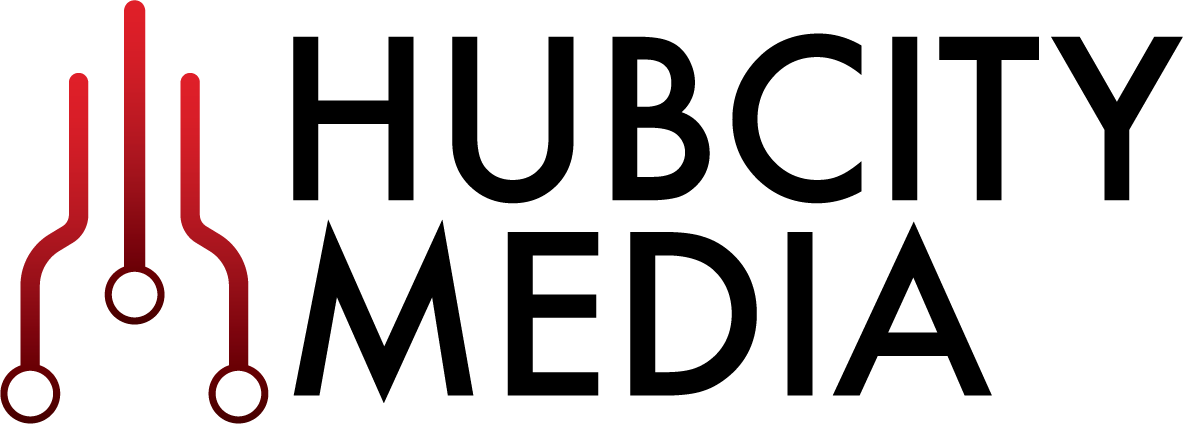IAM Systems And Successful Business
How Do You Leverage Your IAM System To Improve Your Organization's Security?
Building a successful Identity and Access Management program isn’t just about having a feature-rich IAM product. A feature-rich product will aid in automating the provisioning and deprovisioning of applications, but it may not necessarily improve the security posture of an organization.
To improve security and raise awareness, it is crucial to form an IAM governance team responsible for enforcing policies and procedures. Awareness can be raised inside-out through security, business and compliance managers. Support of these personnel is crucial, as they have the necessary avenues already in place to influence users in the organization.
An IAM program relies on the following factors to ensure durability to ever-changing business needs:
Product Selection
Governance Team
End-User Support
Product Selection
Assessing a product is critical to ensure longevity of the IAM program, as the organization matures. The following factors should be assessed when selecting an IAM product:
Available Connectors
Scalability
Deployment tools
Feature set
These factors will dictate the type of team required to maintain and administer the IAM solution. Ease of deployment and integration will significantly increase the productivity of IAM engineers, as it will provide a flexible system that is able to support constantly changing business needs with minimal friction, providing engineers with an ability to quickly integrate applications while ensuring business enablement.
The feature set should also be assessed while keeping current and future business needs in mind. Almost all available vendors provide a feature-rich IAM product, which makes the product selection process difficult. To further narrow the selection, companion products such as authentication directory, role management solutions and governance products provided by the same vendor should be assessed. These could provide tighter integration across IAM components and ensure efficient interoperability.
Governance Team
A Governance team plays an integral part in maintaining the IAM program. The Program Manager oversees the activities of the program, defining policies and forecasting IAM needs to increase the maturity, while providing support to the business. The following processes, not limited to, should be considered for the IAM program:
Application discovery
Rectifying business pain points while interacting with IT systems
Enforcing security and compliance policies
Automating processes to reduce operating costs
These processes should be enforced by leveraging the features available in your IAM product. Implementing Governance features such as recertification is crucial to the organization to stay in compliance with regulatory mandates. In order to implement the governance features, an application discovery initiative is required to identify the critical applications within the organization. Leveraging these discovery findings, additional projects should be planned to automate account provisioning. This will significantly improve current operating procedures, while ensuring provisioning activities are audited and reported appropriately. The end goal for a Governance team is to have all business and mission critical applications fully automated and remediated by the IAM system.
To implement these processes, a team that is versatile and aware of the current organization processes is crucial to the success of the IAM program. These resources should identify gaps in existing processes and provide optimized solutions that can scale to the diverse landscape. Not having the proper resources involved will result in wasted time and cause initiatives/projects to either fail or take longer than expected.
Once in operational steady state, IAM program should invest in more advanced tools such as System Information and Event Management (SIEM) systems to provide context around security events and correlation of incidents with other systems. This will allow for processes to continuously monitor, assess and improve, thereby expanding the footprint of an IAM system within the organization.
End-User Support
No matter how the processes are optimized and automated to fulfill IAM needs, end-user participation is quintessential. End-users play an integral role in the success of the IAM program. Persistent channels of communication are required with the end-users to train and educate the IAM processes as the program matures. This practice will result in alleviated productivity for end-users.
End-user training will raise awareness of the IAM program, while ensuring a constant feedback loop that will aid in assessing the current state and optimizing the processes to achieve a higher degree of end-user loyalty. End-users should be treated as the partners rather than the users of the IAM system.
A mature IAM program will result in tools and processes available to the application owners and other business teams to collaboratively improve organization’s security posture. Improving organization’s security will not only reduce operating costs but also aid in building an IAM foundation that can sustain the growth of an organization.
For more information on Identity and Access Management, contact us today.
